Kristie Lindbloom
Kristie Lindblom started as an instructor in 2009 at the Point Park Summer Dance Program. After that, Kristie was invited to teach stage movement around 2009/2010, then was asked to teach somatics for the dance department until 2019. Prior to becoming a professor at Park Park, Kristie was a dance major from 1998-2003 having to step away early due to cardiovascular concerns. Being involved at Point Park through a range of lenses has provided an abundance of information on a personalized experience with presentation at Point Park.
dress code
As a student, Kristie’s dress code went as follows:
- Ballet
- pink tights, black leotards (female presenting dancers)
- white compressed shirts and black tights (male presenting dancers)
- some allowance for very simple color leotards
- Modern
- all black form fitting clothes
- leotard and tights for female presenting dancers.
- Jazz
- form fitting clothes
- “junk”/layers were allowed for warm up only if teacher allowed
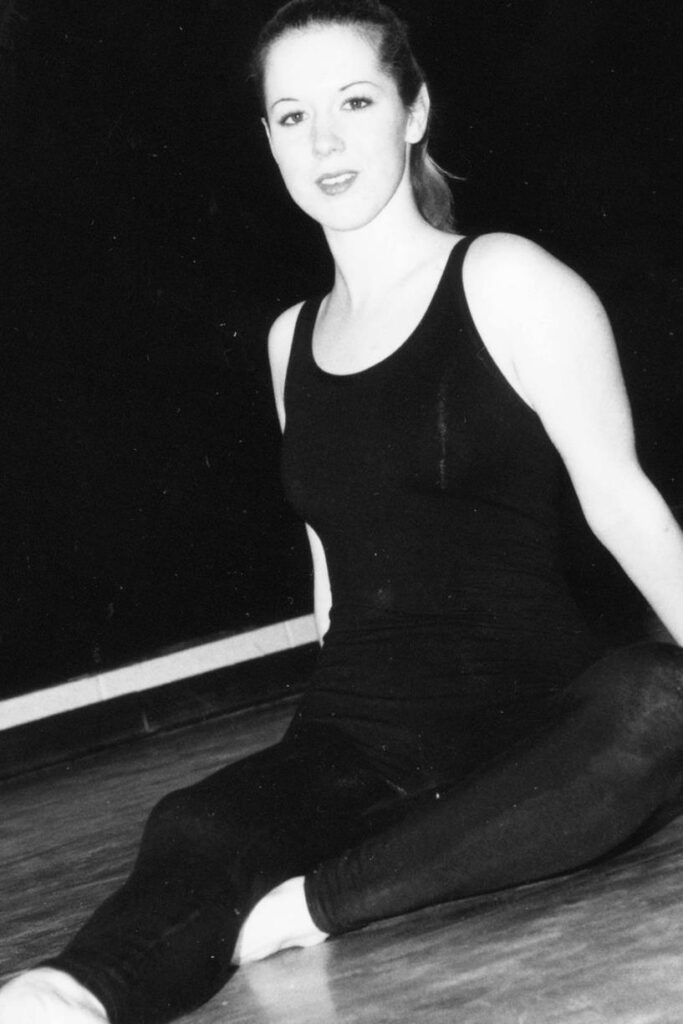
As an instructor, Kristie’s class was not a technique class so her only requests were for attire to show the lines of the body and not restrict any movement.
trends
In terms of clothing trends, Kristie noted that there was no drastic change in what was worn from when she was a student to when she was a teacher. The only noticeable difference were the styles and fabrics that were worn. Trends she recognized at Point Park were earth/muted tones and the combination of cropped wide-leg pants with a fitted crop top.
costuming
Kristie, being a modern concentration, was primarily cast in primarily modern pieces. She shared her experience of shaving her hair and dying it, covering all aspects of style and color a person could while she was at Point Park. While this posed general issues when it came to performances, it didn’t prevent Kristie from expressing herself or getting cast.
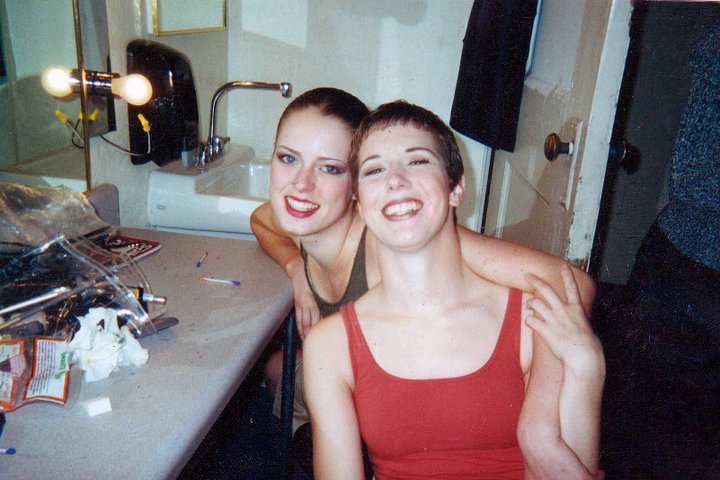
With Point Park’s repetition of Jazz Nutcracker and Cinderella during Kristie’s time as a student, she noted the reuse of costumes. This still is a very common practice because of costume accumulation, especially with tradition or classical pieces. Alongside these recurring productions were the resident, faculty, and student choreography shows. Costuming for all of these would vary:
- dancer wardrobes were utilized
- stylized pieces called for original costuming
- residencies typically meant recreating original costuming
- students had access to the costume shop for their projects
Kristie’s Student Piece
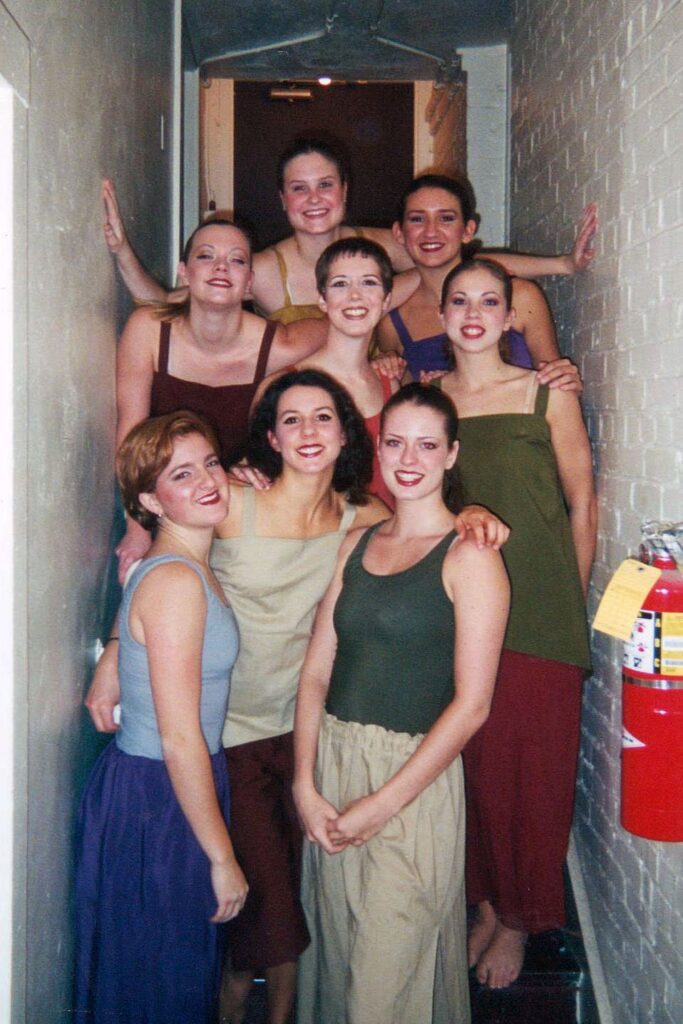
–In terms of Presentation, uniformity was a huge standard of the 90’s and was seen at Point Park by Kristie. Presentation and perception of the body either offered or hindered opportunities in the dance world.
Lindbloom, Kristie, 3/28/2023, Via Zoom
Latrea Rembert
LaTrea Rembert is a Point Park graduate with a B.A. in Theatre and a minor in Dance, and has now returned as a jazz professor this past year (2023). Offering insight through a different, but related, lens, LaTrea brings a more current perspective to this project. This conversation specifically extends to the presentation of dancers within their identity and accommodations (or lack thereof) through the 2010’s. LaTrea also highlights the numerous ways that presentation holds values both in and out of performance for dancers at Point Park
“In your opinion, what is the significance of the presentation of dancers on stage? Or artists on stage?”
“The importance is high. It’s actually important with dance specifically. I think that makes or breaks a piece of work. And it only should be heightening or completing the vision. It should add a life element that the movement itself should possess but I feel like the costuming and presentation should elevate it.”
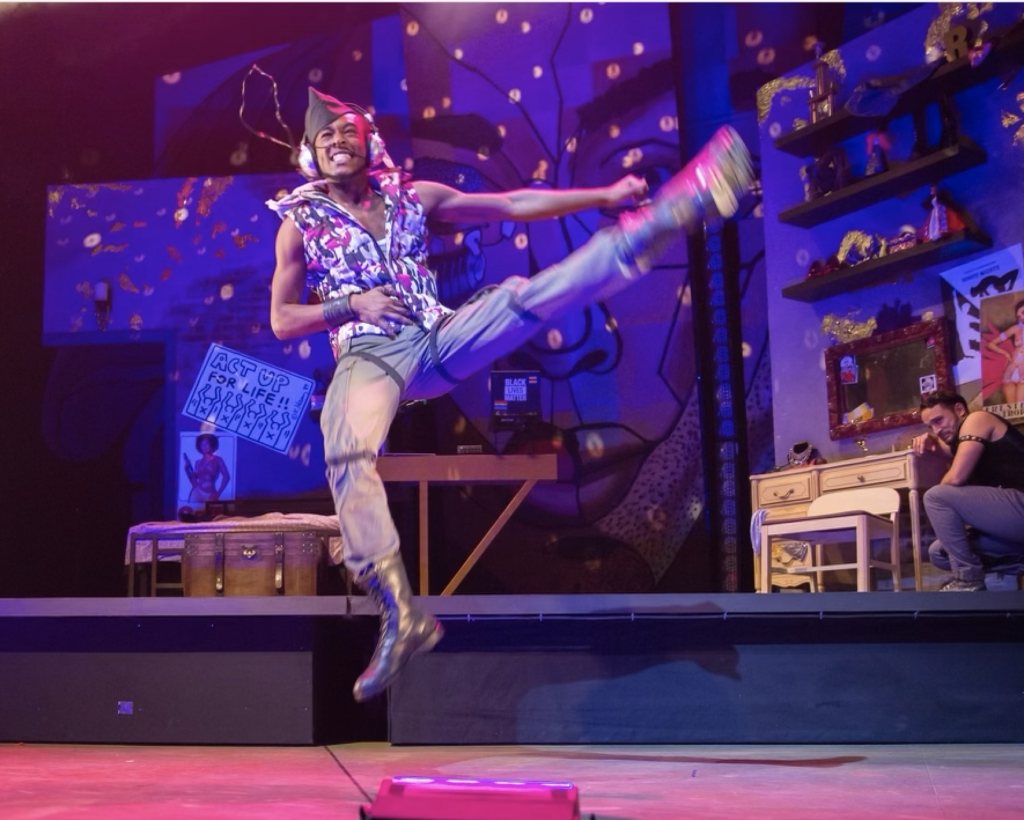
trends
While the traditional “dance look” is still a fundamental part of dance attire, Latrea had noted the adaptation that has been made to it from his time as a student until now with more stylized choices being made.
Trends during his time as a student in dance classes included:
- oversized shorts over sweat or track pants
- layering and warmer/ cold weather attire during classes
- freedom in wearing personalized warm-ups during jazz classes
accommodations
Q: “Do you feel as though during that time, there were accommodations being made for artists of color? For example, with “nude” attire or matching material to one’s skin color, were there any interferences?”
A: “Not that I heard of. I could be wrong. There’s a possibility that I didn’t see it, but to my knowledge, no. I’m not sure if it means anything, but we did have Black, ballerinas if you will. However, when it came to casting ballet productions, not too many dancers of color were in them. They were showcased more in the modern pieces and things of that nature. That might have something to do with that, too. Maybe? But yeah, it wasn’t too big of an issue as far as I can recall.”
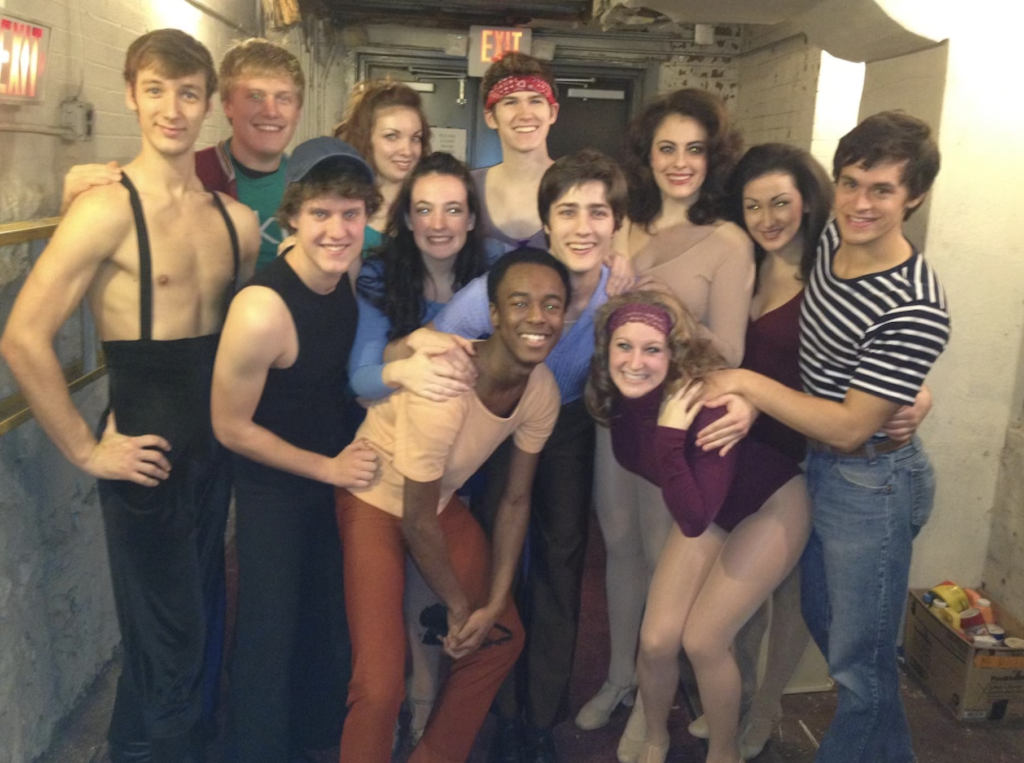
gender
Q: “Identity, specifically pertaining to gender, has become more accredited and inclusive. Since I’ve been here, that’s what I have noticed. Do you feel as though that was embraced in your time here?”
A: “Not in a sense of like, one can be gender non-conforming and I hate to use air-quotes, but it’s more of a ‘thing’ now. Granted, those who weren’t conforming to gender still existed, still participated, and were around. However, they did fall in line with their assigned gender. I don’t think any students identifying as trans were in the dance department either. If they were, they weren’t announcing it. Many just adapted to normal, gender body roles. Unless, someone was intentionally not complying to it.”
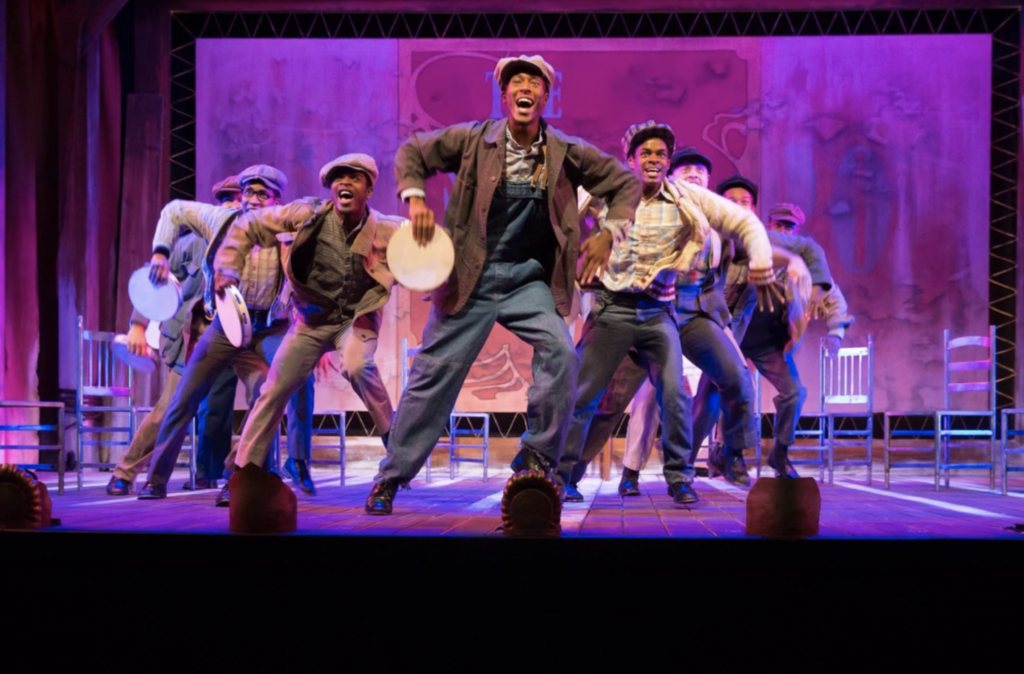
current experience with costuming
LaTrea is a part of STAYCEE PEARL dance project & soy sos in Pittsburgh and has worked with them for numerous years. His position as an artist in the company involves his presentation as a dancer at a professional level. This gives perspective to how costuming and identity can change in individual works or company environments beyond college.
When asked about this specifically, LaTrea responded as follows:
“I have been dancing for Stacy Pearl for almost ten years now. I found my freedom in looking femme because she typically only puts me in women’s attire, which is fine for me. So I guess there is a liberation in that, but most of her work is focused on black femininity, black femme-identity, and even gender expression. That’s been my professional experience, that I haven’t been “boxed-in”, as an artist specifically. My androgynous qualities are very embraced or maybe it’s just me and who I am, that seems to enjoy my natural fluidity. I think that just serves as an aid in her vision.”
Rembert, LaTrea, 3/26/2023, In-person at Starbucks
Permission was given by both interviewees to use these images.